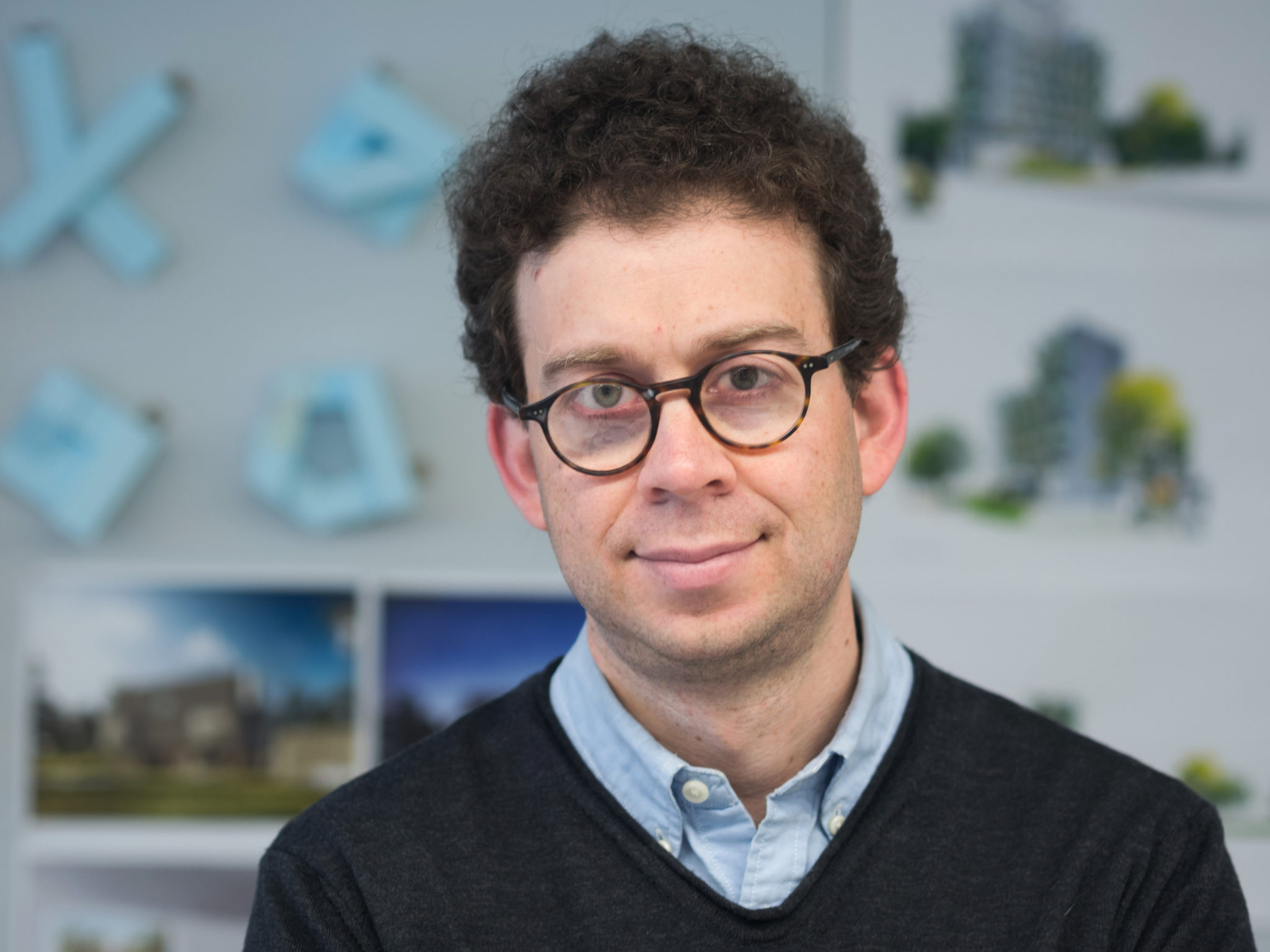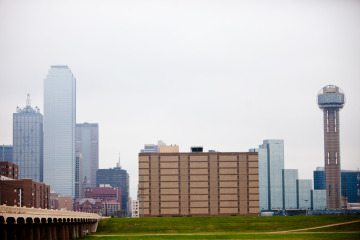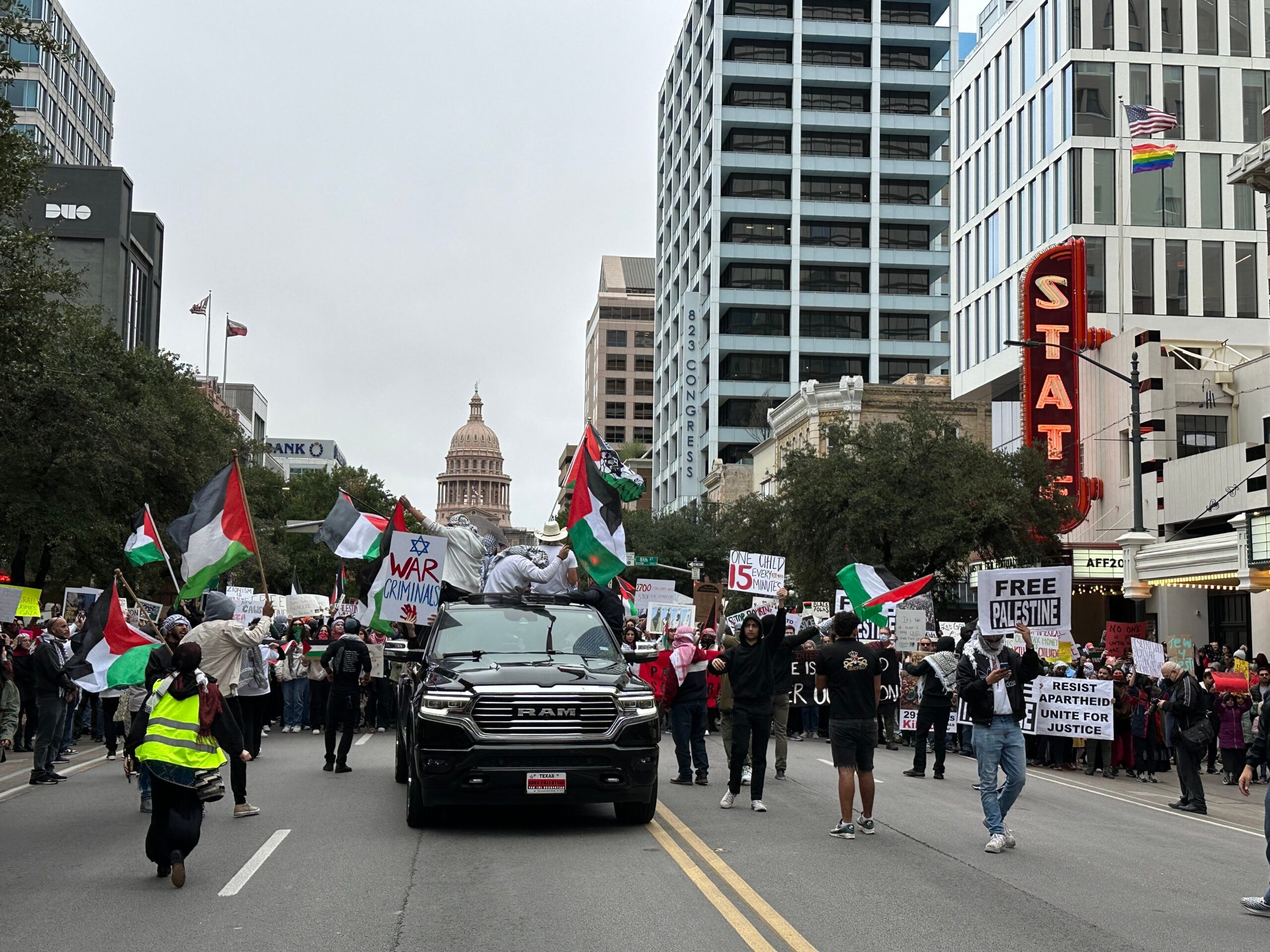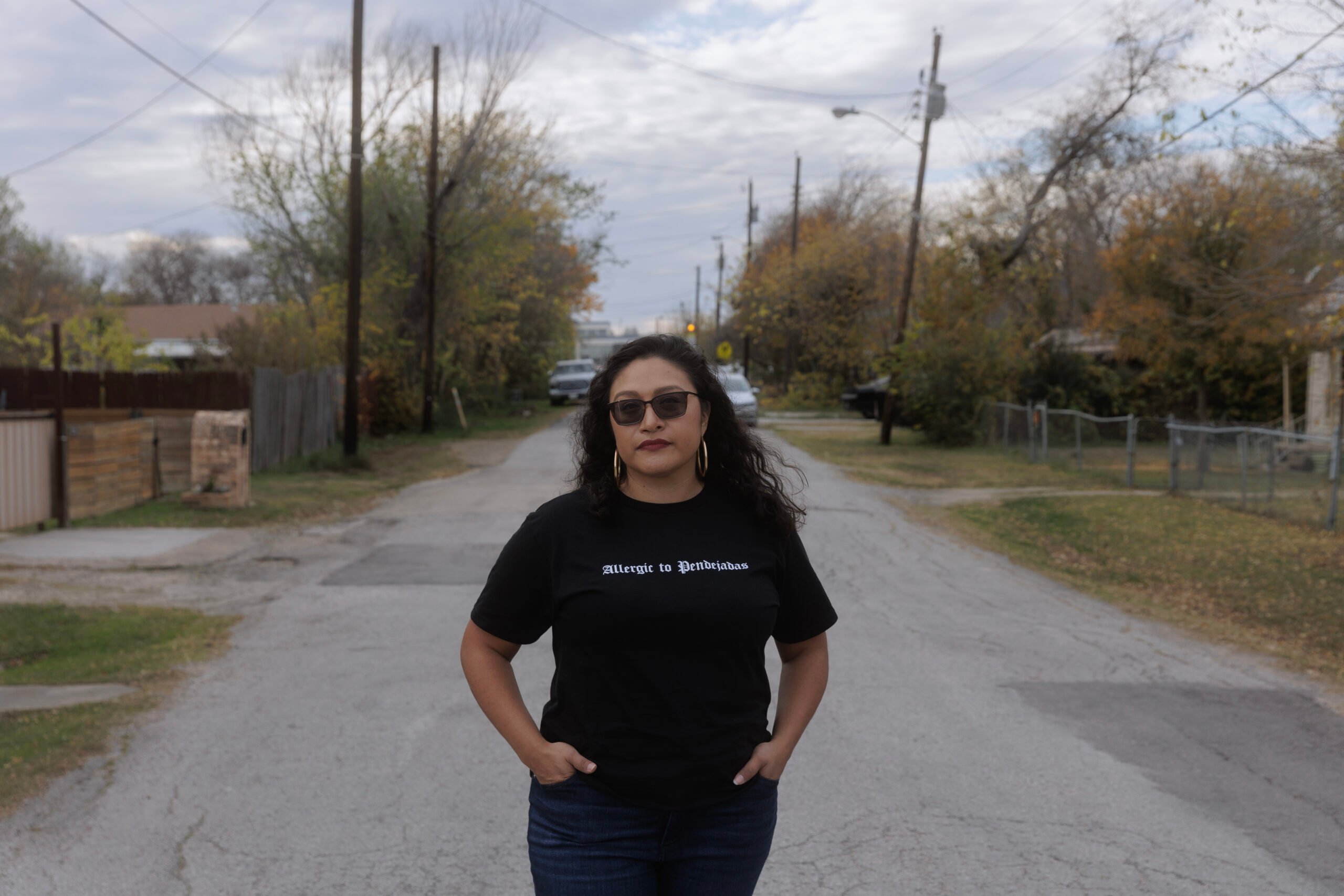
Healing Dallas by Repurposing its Abandoned Jails
Above: Dallas Morning News architecture critic Mark Lamster
In October, Mark Lamster, architecture critic at The Dallas Morning News, issued an unusual call: Dallas, he said, should begin converting its many abandoned jails into hotels, schools and other facilities for reshaping the city.
In his stirring column, Lamster wrote of “healing the broken relationship between the built city and its promise of justice”—a process that he says will “take years, if not decades, to accomplish.”
“A just city provides its citizens with adequate facilities for education and economic opportunity, mobility and play—not just incarceration.”
Also a professor at UT-Arlington, Lamster frequently writes about urban planning and preservation with a humane touch. He wrote in his first Morning News column, in April 2013, that although “genius architecture is [not] bad—a city needs its defining monuments … you can’t live in a museum or a concert hall. You need places to live, work, shop, learn, eat and play.”
In reimagining Dallas, Lamster takes aim at Dallas’ highly visible penal institutions. The massive Lew Sterrett Justice Center, Dallas County’s main jail facility located in downtown, serves as “the unholy gateway to our city,” he’s written.
“What does it say about our values that we have allowed these buildings to achieve, along with the bail bondsmen, package stores and payday lenders that are their sad detritus, such symbolic prominence as the gateway to our city?”
The Observer recently talked to Lamster about his call to action.
Texas Observer: How feasible will it be, converting jails in a state that historically has favored imprisonment?
Mark Lamster: I think it’s feasible. First of all, one of those prisons, the Dawson State Jail, is empty. Bureaucratic inertia regarding what to do with that site is the only thing slowing us.
Also, we are a law-and-order state, but we are also definitely a state that does not like to spend money: fiscally conservative. Prisons are an unbelievably expensive and inefficient way of dealing with criminal justice. It makes no sense to spend the amount of money that we do on prisons, when there are more efficient ways to tackle criminal-justice problems than prisons.

[Dallas Police Chief David Brown] will tell you that you can’t incarcerate your way into crime prevention. It doesn’t work in terms of space; you can’t build enough space for the prisoners. It’s counter-productive and overly expensive.
So, yes, we can solve this problem. Dallas is littered with abandoned jails. They’re all over the city. It’s kind of ironic: We have a habit of building jails and then leaving them.
TO: Assuming you had full economic freedom to do so, what next steps would you take to provide Dallas with adequate facilities for education and economic opportunity? Are there buildings that you would re-purpose next?
ML: There is a lot of vacant criminal justice infrastructure in Dallas, and we’re trying to figure out what to do with it. But things are definitely happening already. The old Dallas Municipal Building—one of the city’s most notorious jails [and] where Jack Ruby shot Oswald—is being transformed into a law school for the University of Texas at Dallas.
Preservationists are working to restore the former Dallas County Criminal Courts Building, which is also downtown, like the Dallas Municipal Building.
The most important case right now is the site of the Cabana Hotel. It was a 1960s motor hotel. The Beatles stayed there; Doris Day owned it for a time. It’s an incredibly important, historic hotel. The Cabana was converted to a detention center, but is now vacant. The city has just taken bids for restoration. There were numerous bids to turn it into a hotel. But it appears—not clear yet—that the winning bid was to demolish it.
The Cabana is another bit of “prison” legacy—it didn’t start as criminal justice architecture, but it became that and has been decommissioned. Many of us in Dallas are trying to figure out what to do with all of that.
“A just city provides its citizens with adequate facilities for education and economic opportunity, mobility and play—not just incarceration.”
ML: Dawson State Prison, which is now vacant and a mar on the cityscape, is in bureaucratic limbo between the city and state. The city needs to figure out what it wants to do with that space, then decide on some kind of deal with the state to make it happen. As I mentioned, the Cabana Hotel should be preserved as a hotel, given its history, but right now it looks like it might be slated for demolition.
Meanwhile, the historic Dallas Criminal Courts Building is moldering on a prime block in the city’s historic center. Preservationists and developers should be able to find some way to restore this building, down the line.
As for the dun-colored Sterrett Justice Center, I fear getting rid of that is a very long-term project. But it surely could use some rethinking to create a more restorative, rather than punitive, environment for the city.
TO: Are you impressed by the directions some cities have taken, back-burnering prison installations and instead focusing on education and recreation?
ML: Big cities are figuring out that they need to move from a kind of retributive justice to a more rehabilitative justice. They are integrating mental health care, job training, vocational training into a single structural system.
Otherwise you take people in and spit them out into the same position they were in. Then they cycle in and out, and so on. That’s not only terrible for them; it’s horribly expensive for communities.
Around the country, we’re starting to see prison populations decline—so there’s less need for prisons.
We had a punitive system of justice in the 1980s with three-strikes-and-you’re-out laws. But people who go to jail come back to our communities, then we have to pay for the jails. It’s one thing to talk about law and order, but we have to think a bit more holistically.
TO: How should we think more holistically about how Texas cities present prisons and jails and how they present economic opportunity and education?
ML: When you talk about making changes, you have to have a pretty big table: community leaders, criminal justice officers, advocates for prisoners, people who’ve been to prison and can talk about it and have been successful in re-integrating to society on how they’ve done it, victims’ groups, public health professionals, people who work in prisons, architects.
We need to look at the conditions for workers too. If Texas has some prisons without air-conditioning, it’s hard for prisoners, but it’s also hard for the workers. Bad conditions lead to bad behavior and more confrontation between prisoners and guards. You want to build spaces that are humane.


